
SOE holds a special place in its heart for the up-and-coming young ophthalmologists and is providing them a number of opportunities to hone their skills and establish professional contacts at this meeting.

Lynda Charters Enoch started her early “eye life” at the Schepens Eye Research Institute, Boston, which ultimately culminated in her current position as an Editor of Ophthalmology Times.

SOE holds a special place in its heart for the up-and-coming young ophthalmologists and is providing them a number of opportunities to hone their skills and establish professional contacts at this meeting.

Alik and colleagues noted "45% of IPV injuries involve the eyes. Many medical fields have increased IPV-related research; however, ophthalmology IPV research remains rare.”
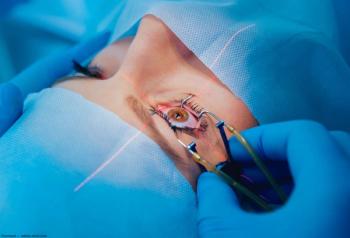
With the newly modified lighted endolaser probe, an 18-gauge angiocatheter sleeve protects against vitreous disturbance.

Investigators found that Photobiomodulation may be a valid therapeutic option to treat large soft drusen and drusenoid pigment epithelial detachments in dry AMD and may slow the natural disease course.

Researchers found in their analysis that visual impairment is associated with hallucinations, depression, agitation, and psychosis in patients with dementia, although, aging and comorbidities, among other factors, may be involved.
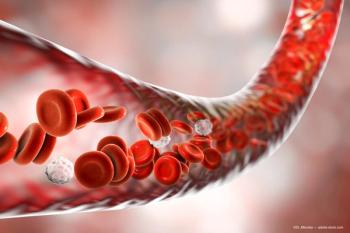
The team of Japanese researchers found that the choroidal MBR in the nasal region is correlated with systemic arterial stiffness and is significantly lower in patients with coronary artery multivessel disease.

Hydrogen-rich water may have a place in treatment of retinal degeneration. The team of investigators found that the hydrogen-rich water significantly improved the retinal blood flow (RBF) dysregulation in type 2 diabetic mice.
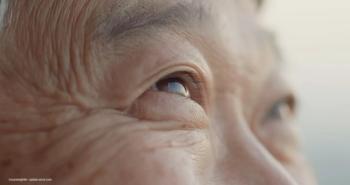
The results indicated that SB15 had similar efficacy, safety, immunogenicity, and pharmacokinetics compared to aflibercept out to week 56 of the phase III trial.
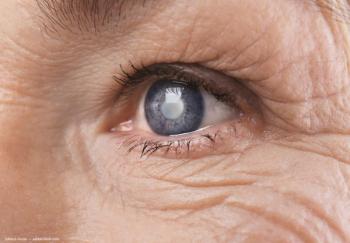
In a mouse model of glaucoma, defective calcium clearance was seen as a characteristic feature of early damage to the retinal ganglion cells (RGC).

AVA-Net, a deep learning network, differentiated the changes in blood flow in healthy eyes compared with eyes of patients with diabetes with and without mild diabetic retinopathy.

Dr Ong and colleagues undertook a retrospective study of patients who underwent primary repair of uncomplicated RRDs at the Wilmer Eye Institute to examine the baseline, surgical, and postoperative characteristics that affect best-corrected VA (BCVA) outcomes.
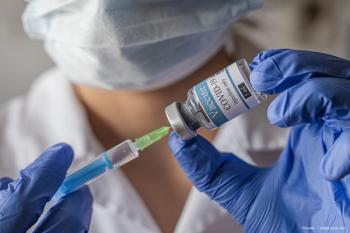
A large cohort study found no association between the first messenger RNA COVID-19 vaccinations and acute retinal vein occlusions.
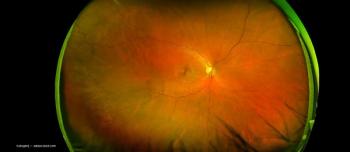
Decreased cone density was a characteristic of the cases of multiple sclerosis (MS) that were evaluated. This finding may serve as a specific and sensitive method to detect and monitor the development and progression of MS.

The study compared eyes with retinopathy of prematurity (ROP) treated with laser to age-matched control eyes without ROP and found that the spherical equivalent was significantly more myopic in the eyes treated with laser.

The 2023 Association for Research in Vision and Ophthalmology (ARVO) annual meeting promises to provide numerous opportunities to meet up with old friends and colleagues and forge relationships with new ones as well as enhance future research and practice endeavors.

The Association for Research in Vision and Ophthalmology (ARVO) 2023 annual meeting is convening in New Orleans from April 23 to 27 at the Ernest N. Morial Convention Center. The theme of the Annual Meeting speaks both to the mechanistic diversity in ocular disease in addition to the diversity of vision scientists who are from multiple backgrounds and perspectives.

Researchers conducted clinical imaging and histopathologic studies to gain a better understanding of geographic atrophy (GA) in 3 siblings.

The use of 0.01% atropine eye drops reduced the progression of myopia in children over the 1 year study period with no significant changes in near vision and pupillary size.

In a keynote lecture at the 14th Annual Congress on Controversies in Ophthalmology in Lisbon, Hendrik Scholl, MD, co-founder and director of the Institute of Molecular and Clinical Ophthalmology Basel, discussed its mission to unravel the mysteries of vision and human eye disease.

Maternal pregnancy-related smoking was measured using key metrics: Provider or self-reported smoking during pregnancy and cotinine and hydroxycotinine in neonatal blood.

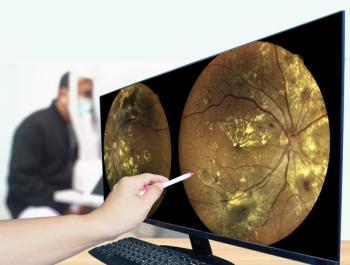
The sharing of data between ophthalmologists and optometrists ultimately can lead to earlier diagnosis and better results for patients.

Imaging biomarkers are useful to determine the degree of EZ attenuation in the fovea.

Delegates will analyze the most relevant and controversial issues within the field of ophthalmology at this year’s congress in Lisbon, Portugal, from March 24 to 25.

Artificial intelligence (AI) with ultra-widefield fundus autofluorescence images may be helpful to objectively estimate progression of retinitis pigmentosa (RP) and visual function.

The Keralink trial results answered an important question regarding the time at which corneal cross-linking should be performed.
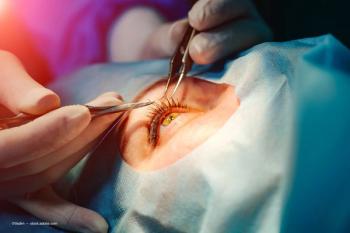
Yusuke Oshima, MD, PhD, in a presentation at the 38th Asia-Pacific Academy of Ophthalmology Congress, Kuala Lumpur, Malaysia, discussed the advantages of using a beveled-tip ultra-speed probe for complete vitreous shaving during retinal detachment vitrectomies.

Voraporn Chaikitmongkol, MD, discussed step therapy and reported the results of a major study, the Diabetic Retinopathy Clinical Research (DRCR) Protocol AC, at the 38th Asia-Pacific Academy of Ophthalmology Congress, in Kuala Lumpur, Malaysia.
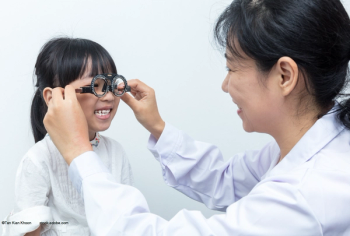
Children who ultimately develop pathologic myopia may have a different retinal appearance at an early age.
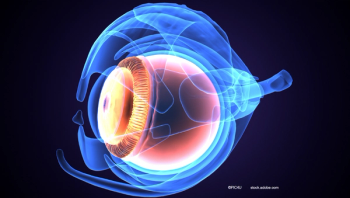
Greater anatomic improvements (central subfield thickness reduction, proportion with absence of subretinal fluid and intraretinal fluid) were seen with faricimab versus aflibercept during the matched dosing period (week 4, week 8, and week 12).